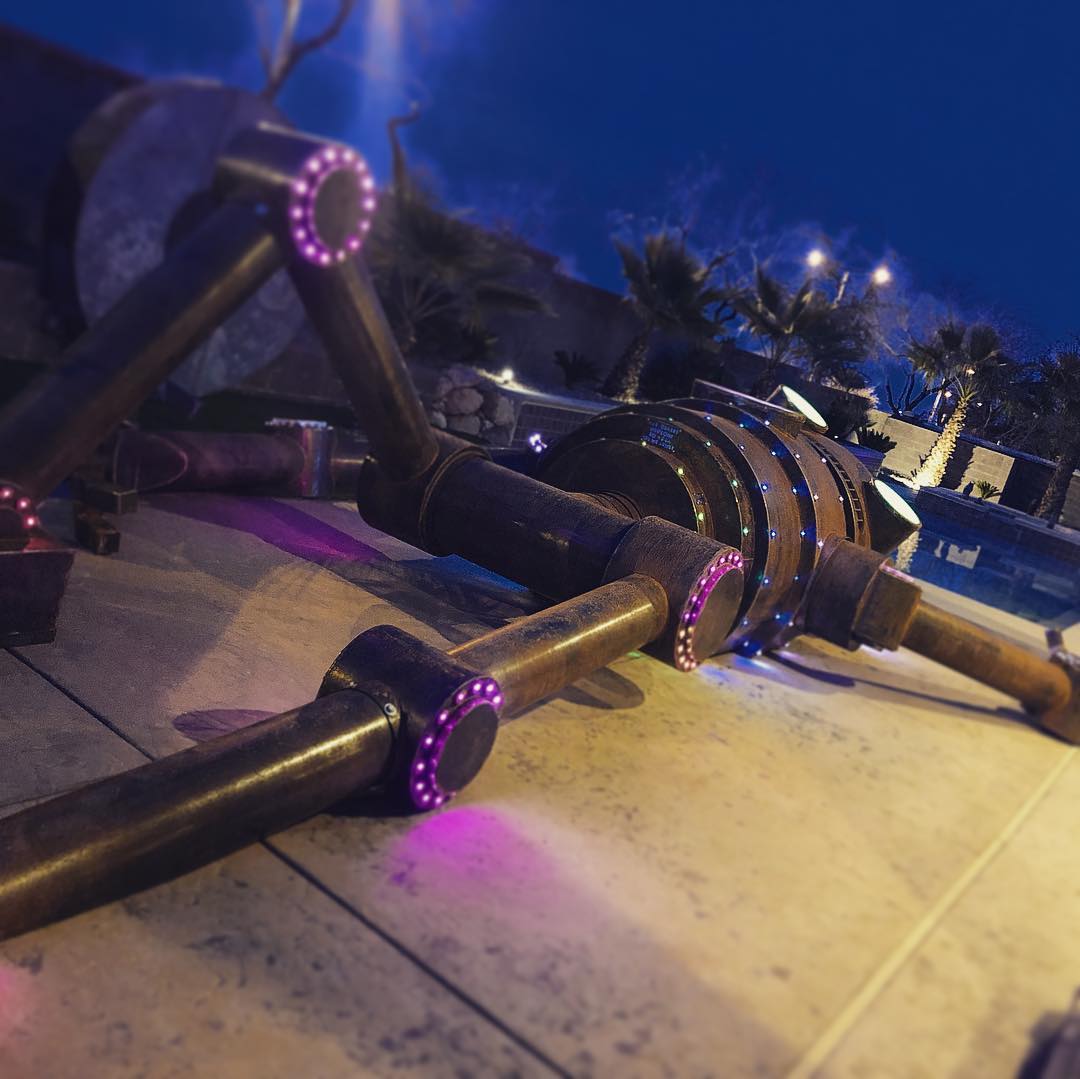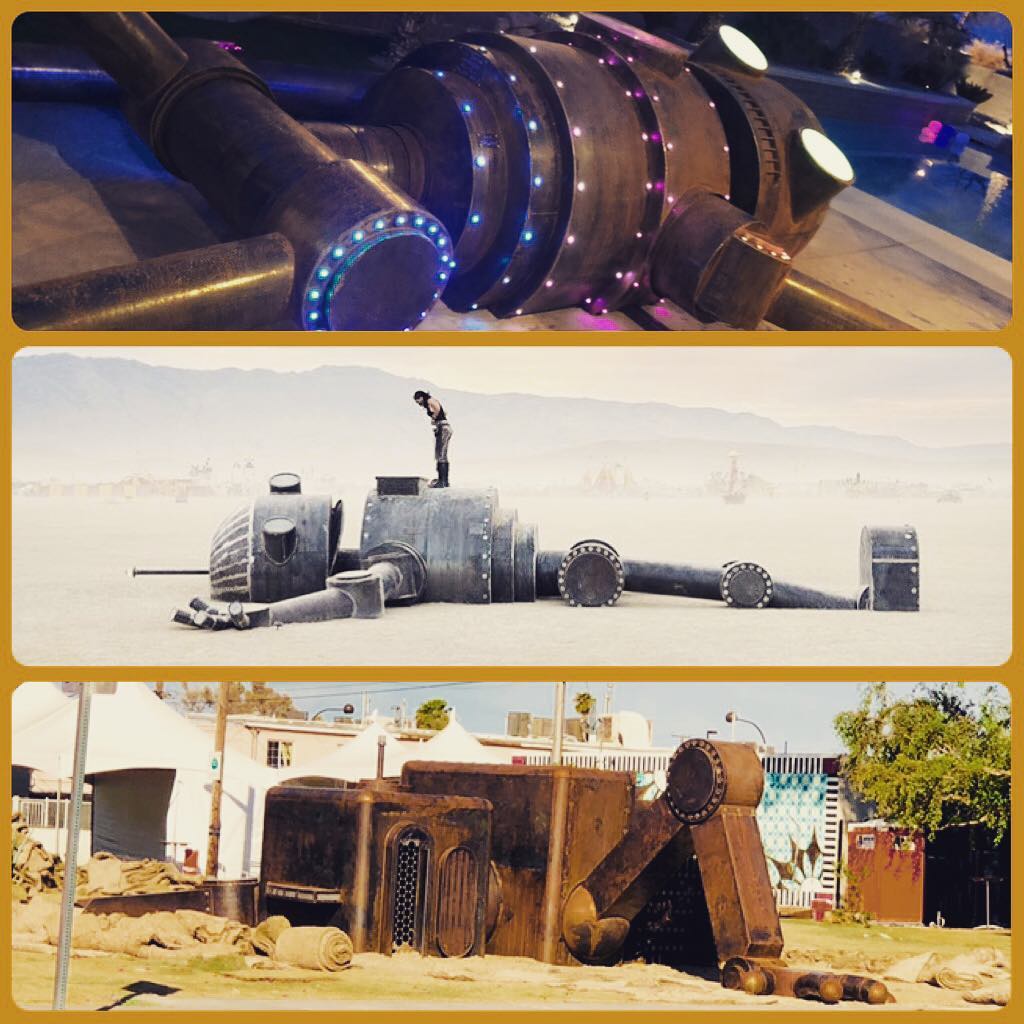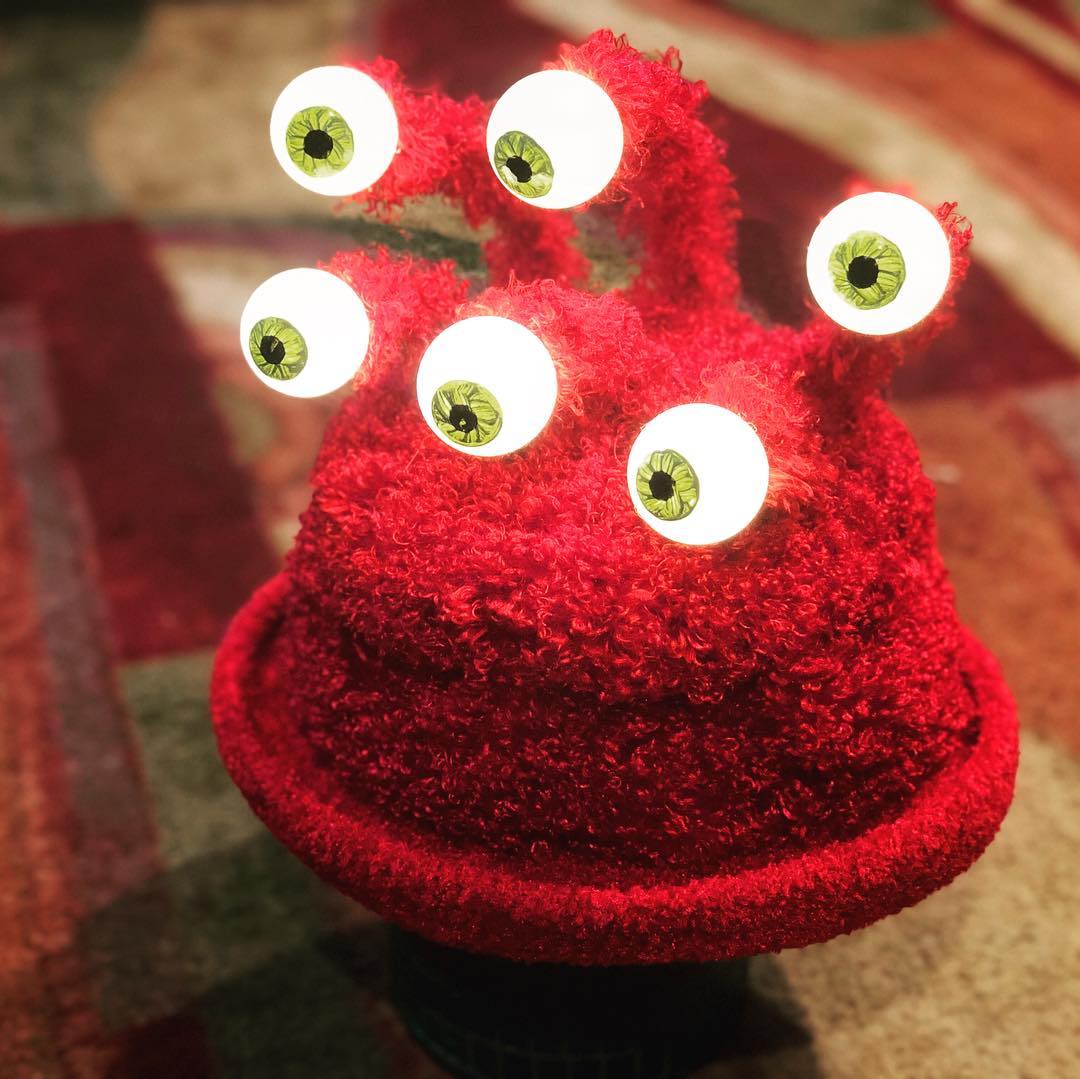Some say that Tony has a big head, but I think he just skipped leg day at the gym (and arm day, and chest day, etc.) #mechan8 #mechan9 #mechanx #tylerfuquacreations
In our modern, digital-consumerist society, we are no strangers to paying for…well, nothing. Fleeting online experiences that amount to singular serotonin boosts (hopefully), shiny costumes for digital avatars, or the ability to let people know that a particular .JPEG really and truly belongs to us. But quite possibly the epitome of humanity’s absurdity and the fine line of modern art is seen in work like Yves Klein’s Zone of Immaterial Pictorial Sensibility— which a receipt for just sold at $1.2 million.
Yves Klein—the French pioneer of Nouveau réalisme whose namesake of International Klein Blue was central to his creative practice—conducted the performance and sale of Zone of Immaterial Pictorial Sensibility from 1959 till his death in 1962. Truly ringing more of ritualism than materialism in its transactional nature, Klein would offer empty zones of space to collectors, giving them a receipt in exchange, and finishing the procedure by having the recipient burn the receipt before art world witnesses to verify the claim as he would dump half of the gold he gained from the sale into the Seine river. The endeavour is now considered an early advent of conceptual art.
The deep blue known as Klein Blue.
Klein was not the only artist to see empty spaces—voids, negative space, absence—as their own form of artwork. Andy Warhol famously displayed his Invisible Sculpture in the legendary nightclub Area, where he stood on a pedestal for a short while before exiting, a writeup explaining that his aura would remain. Countless contemporary artists have done the same, including Italian artist Salvatore Garau’s “immaterial sculpture” Io sono which sold last year for $18,300.
This receipt from Zone of Immaterial Pictorial Sensibility, which sold at a Sotheby’s auction in Paris to a private collector for $1.2 million this past month, belonged to Jacques Kugel—the original buyer of a zone who refused to burn the receipt in this ritual, giving the receipt increasing value over the years. With its focus on the assertion of authenticity from the sheer self-knowledge of the “owner” as well as those officials involved in the process, it’s no surprise that it is being likened to the current nature of NFTs.
Zone of Immaterial Pictorial Sensibility was something novel at its time—Yves Klein tapped into the very essence of monetary transactions, the art world, and the concept of ownership. It was filled with satirical energy as well as the odd sanctity of ritual, and its echoes are still visible in the conceptual art world. But somewhere down the line, it feels as if the actual thought behind this has been lost, and that what is important about the piece is the ownership.
A nice little walk around of Mechan 8 #mechan8 #mechan9 #mechanx #mechaninc #tylerfuquacreations
Three years, three giant robots. Mechan 8, 9, and X are all happily living in Las Vegas. Thank you to everyone who worked on these three, especially my creative partner, Jason Hutchinson, among others (you know who are : ) And a big shout out to Josh Levine of Fired Up Management who has been a big part of the success of the Mechan series. There are still plenty of numbers left so I hope we get to keep building bigger, better, and more detailed giant robots in the future. #firedupmanagement #mechan8 #mechan9 #mechanx #mechaninc #tylerfuquacreations
Current completed project: 6 glowing-eyed creature hat for an annual hat/white elephant party. See next post for most of my past hat party creations.
From National Endowment for the Arts:
“We invite you to join us in sending the below letter to the Interior, Environment, and Related Agencies Appropriations Subcommittee in support of funding for the National Endowment for the Arts (NEA).”
“The letter requests at least $204 million for the NEA in the FY23 Interior Appropriations bill to support the NEA’s core mission to strengthen the creative capacity of our communities by providing all Americans with diverse opportunities for arts engagement. Continuing to invest in our creative economy’s recovery from the devastating effects of the COVID-19 pandemic on cultural organizations and workers makes robust funding to support this mission even more important.”
Please call your member of Congress and encourage them to sign this letter in support of the National Endowment for the Arts by April 22.
Launched in 2015, Common Field – a national network of independent visual arts organizations and organizers that connects, supports, and advocates for the artist-centered field – announced that, “after a comprehensive auditing and strategic visioning process in 2021, Common Field has made the decision to begin an intentional sunsetting process and will close as an organization in December 2022.”
“Having considered a number of paths forward with trusted field colleagues, our primary funder and financial advisors, we believe this decision holds the founding values of the organization most responsibly and addresses all of the complex challenges the organization faces intentionally. Sunsetting this organization is not an easy decision, but it is the responsible one.”
“Yesterday, the National Endowment for the Arts joined more than 90 federal agencies in releasing its Equity Action Plan to the public, and shared the plan with stakeholders and partners.”
“The NEA’s Equity Action Plan builds upon on the agency’s already high standards of diversity and inclusion in its programs and practices, and was developed with staff member input from across the Arts Endowment.”






